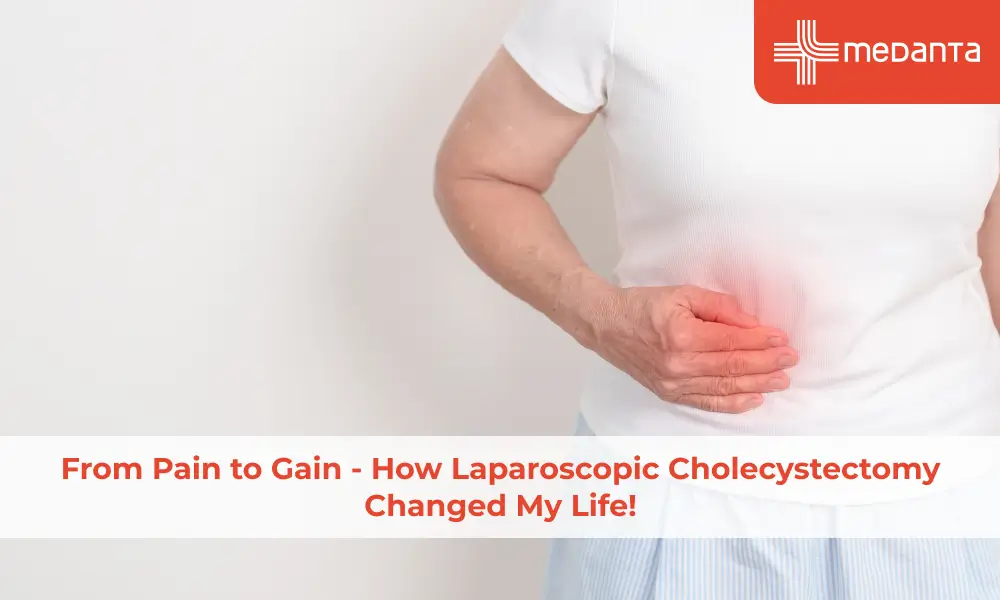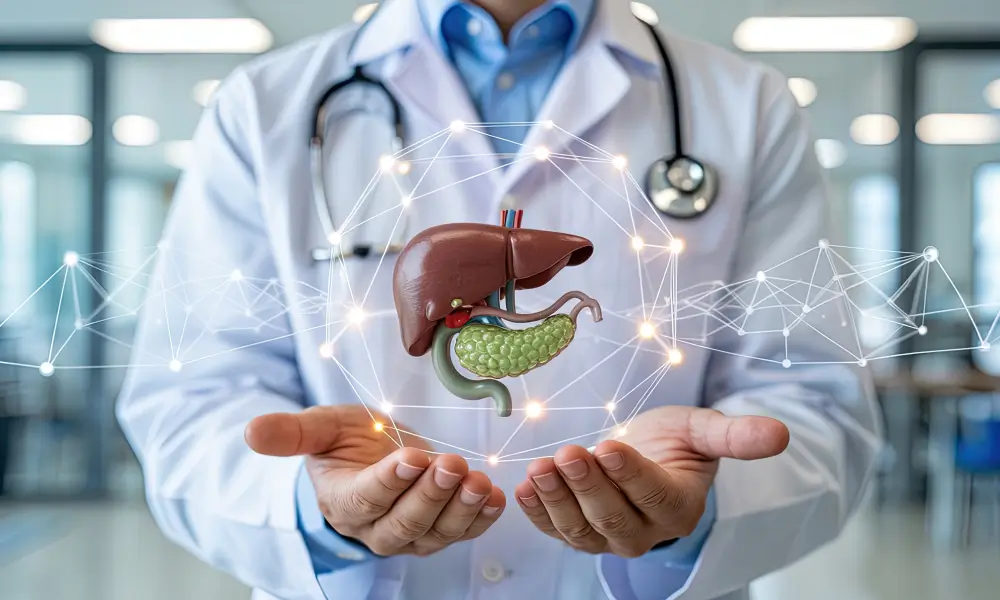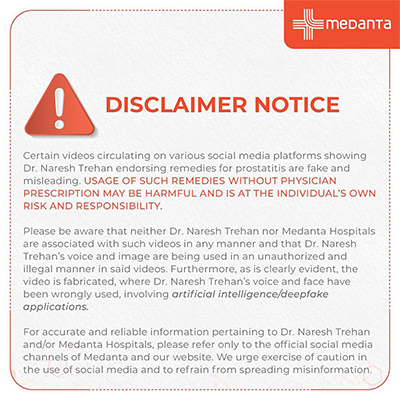From Pain to Gain - How Laparoscopic Cholecystectomy Changed My Life!

TABLE OF CONTENTS
Are you tired of living with excruciating pain due to gallbladder problems? Have you been considering surgery but are hesitant about undergoing a major operation? Look no further than laparoscopic Cholecystectomy, the minimally invasive procedure that has transformed many lives. In this blog, we will share all about lap cholecystectomy and how it is changing millions of lives.
Here, you will get an elaborate description of the process to help you understand and make the proper decision. However, you must first know the cases when it's done:
When is Cholecystectomy performed?
Since a Cholecystectomy is a surgery performed for the gallbladder, here are some of the commonly occurring problems that require a Cholecystectomy.
Gallstones in the gallbladder
Stones in bile duct
Large gallbladder polyps
Biliary pancreatitis
As Laparoscopic Cholecystectomy is one of the most in-demand surgery, here is a comparison to understand how it's different from open surgery.
Laparoscopic Cholecystectomy vs Open Cholecystectomy
Laparoscopic Cholecystectomy and Open Cholecystectomy are the two primary surgical procedures for treating gallbladder disease. While both systems aim to remove the gallbladder, they differ significantly in approach and recovery.
Laparoscopic Cholecystectomy is a minimally invasive procedure that involves making small incisions in the abdomen and using a laparoscope to remove the gallbladder. This approach results in less pain, shorter hospital stays and a quicker recovery time than open Cholecystectomy. However, Laparoscopic Cholecystectomy may not be suitable for all patients, especially those with severe gallbladder inflammation or previous abdominal surgeries.
On the other hand, open Cholecystectomy involves making a large incision in the abdomen to remove the gallbladder. While this approach is more invasive and requires a more extended hospital stay and recovery time, it may be the best option for patients with severe gallbladder disease or complications. At medanta we have developed a less invasive procedure called hand assisted laparoscopic surgery in such cases to decrease the pain of open surgery by significantly decreasing the size of incision.

The Cholecystectomy Procedure
The cholecystectomy procedure is a surgical intervention to remove the gallbladder, and it can be done either through a laparoscopic or open approach. Here is a step-by-step explanation of the laparoscopic cholecystectomy procedure:
The surgeon makes 4 small incisions in the abdomen and inserts a laparoscope, a thin tube with a camera and surgical instruments.
The surgeon uses the laparoscope to visualize the gallbladder and surrounding organs and tissues.
The surgeon carefully cuts the connections between the gallbladder and the liver and removes the gallbladder through one of the incisions.
Before and after the cholecystectomy procedure, patients should follow specific care instructions to ensure a smooth recovery. Pre-operative instructions include avoiding food and liquids for 6 hours before the procedure and informing the surgeon of any medications or supplements taken. Post-operative patients usually return to their normal daily routines in a day or two, with majority resuming their work the next day.
While the laparoscopic cholecystectomy procedure is generally safe, there are potential risks and complications to consider, such as bleeding, infection and injury to nearby organs. At medanta the risk is <1% according to the data of more than ten years, which is better than international standards. It's essential to discuss these risks with your surgeon before the procedure.
Recovery and Treatment after Cholecystectomy
Recovery after laparoscopic Cholecystectomy is typically quicker and less painful than open Cholecystectomy. Patients can usually go home on the same day or the day after the procedure, and most can return to their normal activities within a day or two.
After cholecystectomy treatment, patients may experience long-term effects such as changes in bowel movements and an increased risk of digestive problems. Diet and lifestyle changes can help manage these effects, such as eating smaller, more frequent meals, avoiding fatty and spicy food, and gradually increasing physical activity.
Ways how Laparoscopic Cholecystectomy help in gaining a healthy lifestyle.
There are several ways in which Laparoscopic Cholecystectomy can indirectly contribute to a healthier lifestyle:
Relief from gallbladder symptoms: The surgery can provide relief from the pain, nausea, and other symptoms associated with gallbladder problems. This can make it easier to engage in physical activity and maintain a healthy diet.
Improved digestive health: The removal of the gallbladder can improve digestive health by reducing the risk of developing complications such as gallstone-related pancreatitis or bile duct obstruction. The removal of the gallbladder maker the person more conscious about their diet.
Encourages a healthier diet: Patients who have undergone Laparoscopic Cholecystectomy may be advised to make changes to their diet to prevent further complications. This can include reducing the intake of fatty foods, increasing the consumption of fibre-rich foods, and staying hydrated.
Increases physical activity: Without the pain and discomfort associated with gallbladder problems, patients may find it easier to engage in physical activity, which is essential for maintaining a healthy lifestyle. Constipation and digestion-related problems occurrence are observed less.
Reduces stress: Chronic pain and discomfort can contribute to stress and anxiety. By providing relief from these symptoms, Laparoscopic Cholecystectomy can help reduce stress and improve overall well-being. People are found to be more productive and healthier after this surgery, are gives them relief from uncertain pain.
Conclusion
With many advantages over open Cholecystectomy, including less pain, shorter hospital stays, and speedier recovery times, laparoscopic Cholecystectomy is a safe and efficient treatment option for gallbladder disease. However, the choice to have a cholecystectomy treatment should only be taken after giving great thought to the patient's specific medical history and the seriousness of the problem. To guarantee a quick recovery, it's crucial adhere to the post-operative care guidelines. If you experience pain or discomfort from gallbladder illness, you can visit Dr Vaibhav Sharma concerning a laparoscopic cholecystectomy, which will improve your quality of life.






